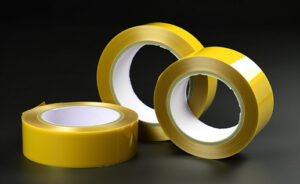Masking is a critical skill in the world of powder coating, allowing for precision and control over the coating process. Whether you’re a seasoned professional or someone passionate about perfecting their craft, understanding and mastering basic masking techniques is essential for achieving high-quality results. In this guide, we’ll explore some fundamental masking techniques that will help you elevate your powder coating projects to the next level.

Surface Preparation
Before diving into masking, it’s crucial to ensure that the surface you’re working on is clean and free of any contaminants. Any dirt, grease, or residue on the surface can compromise the adhesion of the masking material and affect the quality of the finished coating. Thoroughly clean the surface using appropriate cleaning agents and allow it to dry completely before proceeding with masking.
Precision Application
Achieving clean lines and sharp edges is key to successful masking. Take your time to apply the masking materials accurately, ensuring that they cover only the areas you want to protect from the powder coating. Precision cutting tools, such as hobby knives or scissors, can be invaluable for achieving precise shapes and intricate designs. Additionally, using masking templates or stencils can help streamline the masking process and ensure consistency across multiple pieces.
Overlap Prevention
When masking large areas or using multiple layers of masking materials, it’s essential to avoid overlapping the edges. Overlapping can result in uneven coating thickness or leave gaps, leading to inconsistencies in the finished product. To prevent overlap, carefully align the edges of the masking materials and ensure that they butt up against each other without overlapping. Press down firmly on the edges to secure them in place and create a tight seal.
Secure Adhesion
Proper adhesion of the masking materials is crucial for preventing any seepage of powder coating underneath. Ensure that the masking materials are firmly pressed down onto the surface, especially along the edges and corners. Pay close attention to areas where the masking material meets the surface irregularities or changes in geometry, as these areas are prone to leakage. Using a roller or squeegee can help ensure uniform adhesion and eliminate any air bubbles trapped beneath the masking material.
Conclusion
Mastering basic masking techniques is essential for achieving professional-quality results in powder coating projects. By following these fundamental guidelines for surface preparation, precision application, overlap prevention, and secure adhesion, you can effectively protect designated areas while ensuring a flawless finish on the rest of the surface. Whether you’re tackling a simple project or a complex design, investing time and attention to detail in your masking process will undoubtedly pay off in the quality of your powder-coated finishes.
